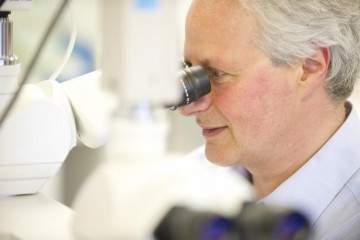Project grant
Inducible SAA transgenic mice: a refined model of human amyloidosis

At a glance
Completed
Award date
January 2009 - January 2012
Grant amount
£302,107
Principal investigator
Dr Paul Simons
Co-investigator(s)
Institute
University College London
R
- Refinement
Read the abstract
View the grant profile on GtR
